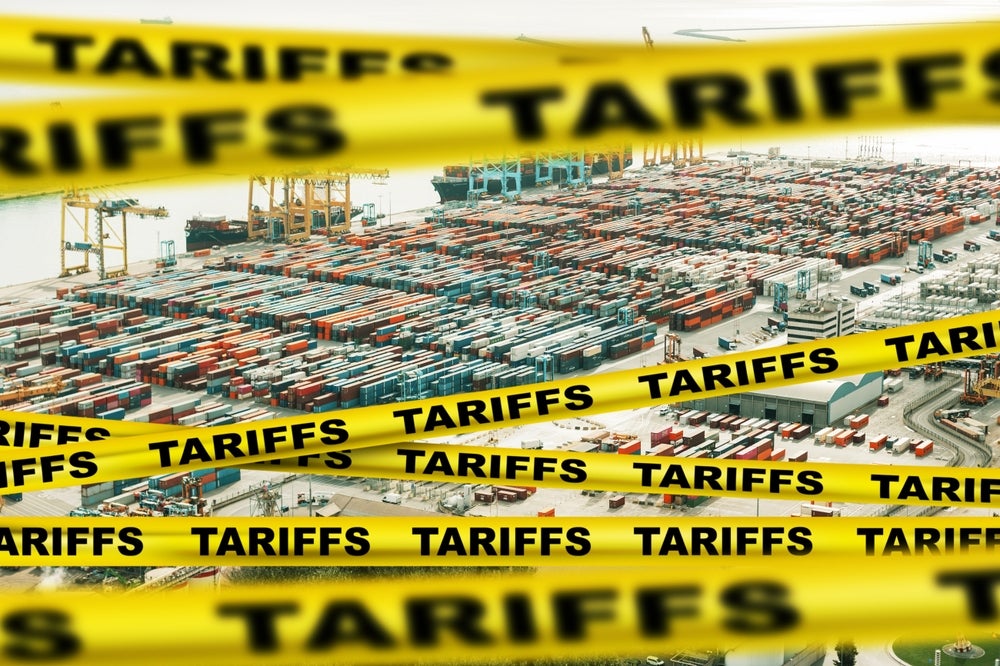A new report on
construction finance reflects an unsettled sector. Claire Hack
reports.

Funders continue to fight shy
of construction after sharp falls in financing volumes across the
sector in 2009 and 2010.
Oversupply,
lower-than-expected residual values and a rise in customer credit
risk have all played their part in spooking funders.
The fall in financing has
mirrored a drop in sales of construction equipment of between 30%
and 80% across different European markets. Capital expenditure on
construction equipment in Europe was €10bn in 2009, down from €19bn
in 2007.
Chris Boobyer, partner at
consultancy Invigors, said: “The problem is the construction
companies have had it really tough, therefore banks and asset
financiers are nervous about the sector.
“If they’re nervous about the
sector, they’re less keen to invest and if they’re less keen to
invest, that goes against initiatives to try to get the economy
running again.”
The challenges in
construction equipment financing are analysed in a new report,
European Yellow Goods Leasing, produced by Leaseurope, the European
leasing association, in partnership with Invigors.
The report is a summary of
trading conditions and a view of future developments, including
detailed market analysis and the views of market
experts.
Supply chain
challenge
 Oversupply is
Oversupply is
identified as a significant challenge. It has led resale values in
some cases to be well below residual values set by finance
companies, or the buyback positions set by suppliers.
Boobyer said: “Residual
values set three to five years ago are coming to the end of their
lease term and will result in losses for whoever took the original
risk position in the asset.
“Asset financiers with assets
coming off contract with residual value are going to find they’re
selling in a depressed market, so they make less and that further
depresses lending appetite.”
Factors creating instability
in the sector include a proliferation of new auction houses and
resellers, including online auctioneers, which have changed the
supply chain; and the 50% drop in construction equipment unit sales
in Europe last year, which has accelerated
consolidation.
Engine Emissions
Directive
One big challenge ahead is
the impact of the European Commission’s Engine Emissions Directive
(EED), which aims to reduce exhaust emissions of all non-road
equipment. It is expected to boost sales in late 2010 as buyers
take advantage of lower prices on non-road equipment before more
expensive, EED stage IIIB-compliant equipment comes onto the market
in 2011.
The redesign costs involved
in producing compliant equipment represent a significant burden for
manufacturers, and may support further consolidation in some areas.
EED may also affect resale values because the compliant equipment
uses low sulphur fuel, which is hard to obtain in markets like
Russia.
Product
evolution
The report also points to
changes being brought about by telematics. The enthusiastic
adoption of the technology has speeded up the development of
cost-per-tonne and cost-per-hour finance products and, by
introducing complexity into the market, may result in closer
integration between manufacturers, service providers and finance
providers. This in turn could lead to greater use of vendor or
captive finance, and to blurring of boundaries between lessors and
rental companies.
Total cost of ownership has
also become an important measure for customers. Such changes are
likely to be impacted by the proposed new lease accounting rules
currently being consulted on.
The report said: “A move to
greater flexibility of funding term and more rental activity is
likely to increase the size of the used equipment market. It may
also mean more nearly-new construction equipment could be sold in
the used market, potentially creating a new set of mainstream or
near prime funding opportunities.
“These trends in market
demand relate precisely to areas where both lessees and lessors
could face the greatest difficulties if the proposals for lease
accounting are maintained.”
Boobyer said: “There are
going to be issues with companies being required to say for how
long they are able to keep equipment. There may be difficulties
that will push the industry more towards rental.”
Opportunities for the
future
 Despite the
Despite the
doom and gloom of the past two years, European construction
equipment manufacturers anticipate a modest recovery of between 2%
and 5% sales growth in 2010.
Jurgita Bucyte, Leaseurope
advisor and one of the report’s authors, said: “There are
opportunities for those financiers that are counter-cyclical. If
they see people running away from the market, they will run towards
it because that’s where the money will be in three or four
years.”
“Construction equipment is an economically significant
asset class where the use of asset finance has historically been
high. Everyone needs the construction sector and in terms of the
public sector, that’s where economic stimulus will be in various
economies in Europe.”







